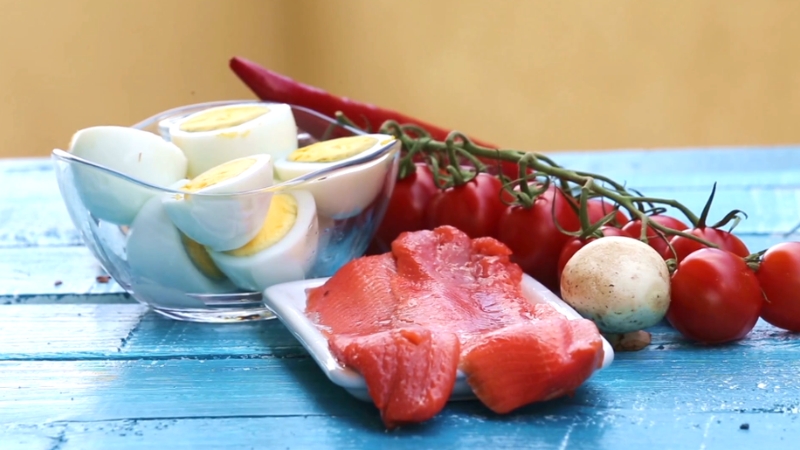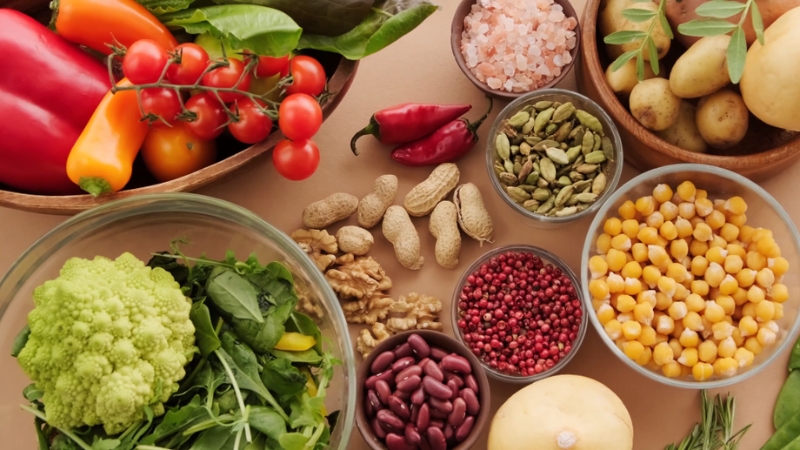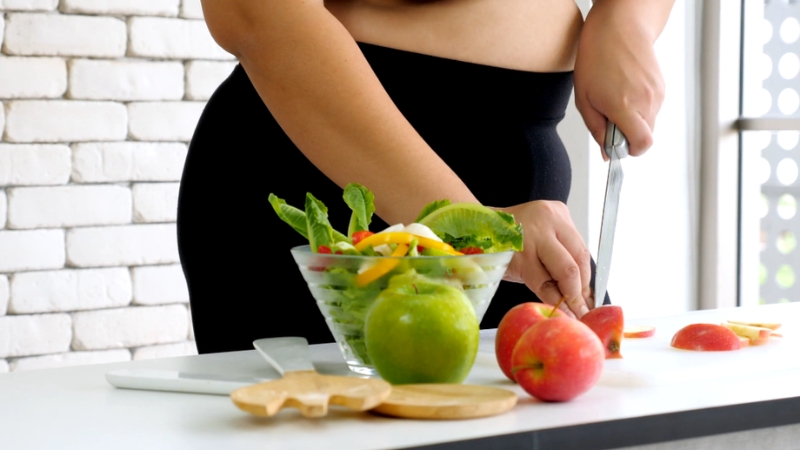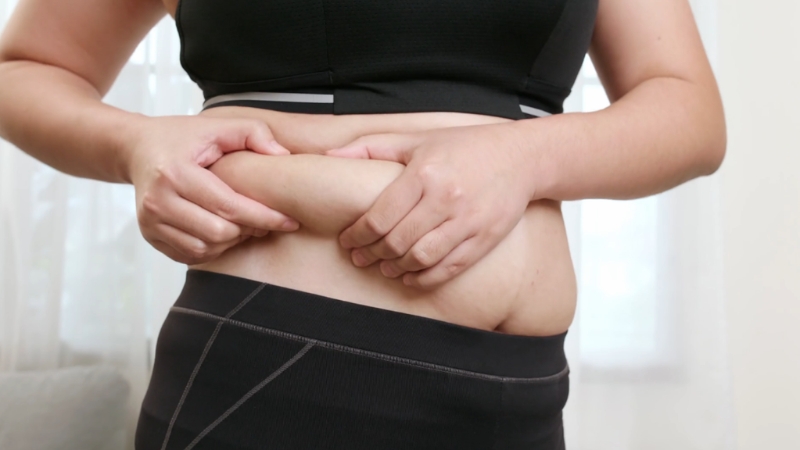
Share Post:
Starting a new diet can feel a lot like standing in a health food store without a clue. Everywhere you turn, something claims to be “life-changing,” “gut-friendly,” or “doctor-approved.”
Keto, Paleo, DASH—they’re the big names in nutrition right now, and chances are, you’ve heard at least one of them dropped in a group chat or on a podcast.
But when you’re just getting started, it’s not always obvious which one actually fits your life, your health goals, or your grocery budget. So let’s cut through the noise.
It doesn’t matter if you’re trying to manage blood pressure, drop a few pounds, or simply eat better; this guide lays out what each of these three diets looks like in real life. Just real talk from someone who’s seen what works and what doesn’t.
The Big Three at a Glance
Before you pick a lane, here’s a simple breakdown of what each diet actually means on your plate.
| Diet | Main Idea | What You Eat | What You Avoid |
| DASH | Designed to lower blood pressure and boost heart health | Fruits, veggies, whole grains, lean meats, low-fat dairy | Sodium, added sugar, saturated fats |
| Keto | Puts your body into fat-burning mode (ketosis) by slashing carbs | Fatty fish, eggs, avocado, butter, low-carb veggies | Most fruits, grains, sugar, starchy veggies |
| Paleo | Inspired by what humans ate before farming | Meat, seafood, veggies, fruits, nuts, seeds | Grains, legumes, dairy, processed foods |
DASH
If you’re not into counting every macro or giving up your favorite fruits, the DASH diet might be your best bet.
Originally created to help lower blood pressure, it’s become a go-to for people who want something doable, flexible, and backed by solid science.
Why It Works
- Heart Health First: DASH is packed with potassium-rich foods like bananas, spinach, and sweet potatoes—all known for lowering blood pressure.
- Sustainability: No crazy restrictions. You can go out to dinner without Googling the menu ahead of time.
- Everyday-Friendly: Think grilled chicken, quinoa, and a big side of veggies. Add a sprinkle of olive oil or a handful of almonds, and you’re basically there.
Some people also layer in light physical activity to support DASH’s benefits. The 28-day chair yoga for seniors program by the Lasta app is one accessible option that matches well with this kind of lifestyle.
What Might Trip You Up
Cutting back on salt is harder than it sounds. If you eat a lot of packaged food or grab lunch out often, you’ll need to get creative with herbs, spices, and lemon juice to keep your meals flavorful. And hitting your veggie quota takes some real planning.
Keto

Keto’s been the talk of the internet for years—and for good reason. When done right, it can help your body torch fat fast by shifting into a state called ketosis. But it’s not exactly beginner-friendly.
What Makes It Powerful
- Fat as Fuel: By cutting carbs to almost nothing, your body starts burning fat instead. That can mean fast results on the scale.
- Blood Sugar Benefits: Especially helpful for people with insulin resistance or Type 2 diabetes (under medical supervision).
- Mental Clarity: Some report feeling sharper, more focused, and even more energetic once fully keto-adapted.
The Catch
Getting into ketosis means dropping carbs to about 5–10% of your intake. That’s a slice of bread… maybe two. Total. You’ll need to skip pasta, rice, bananas, most beer, and even some veggies.
Oh, and there’s the “Keto flu”—a fun combo of fatigue, headaches, and crankiness some people get during the first week.
And long-term? That’s still up for debate. U.S. News & World Report ranked it last in diet sustainability. If you’re not super detail-oriented or you hate tracking your food, Keto can be hard to stick with.
Paleo
Paleo is all about stripping your diet back to the basics. If it could be hunted, gathered, or plucked off a tree, it’s probably fair game.
No need to count calories or measure out grams of anything. Just stick to real food and skip the processed stuff.
What’s Great About It
- Whole-Food Focus: Great for people who want to cut out junk food without worrying about carb or fat percentages.
- Naturally Anti-Inflammatory: With no added sugars or processed oils, many people report better digestion, clearer skin, and fewer energy crashes.
- Flexible and Intuitive: You’re not tied to a strict macro plan. Eat when you’re hungry, stop when you’re full.
What Gets in the Way
No grains. No dairy. No legumes. That knocks out everything from oatmeal and peanut butter to cheese and black beans. For beginners, that’s a tough list to work around, especially if you’re used to eating on the go or sticking to a budget.
Buying grass-fed beef or wild-caught fish isn’t cheap, either. And if you’re not used to cooking from scratch, prepping Paleo meals can take some effort.
Comparing the Benefits
Let’s say you’re trying to figure out which diet actually does something. Here’s how they stack up in real health terms:
| Diet | Top Benefits |
| DASH | Lowers blood pressure, improves heart health, balances cholesterol |
| Keto | Promotes quick weight loss, stabilizes blood sugar, may boost focus |
| Paleo | Helps with weight loss, reduces inflammation, supports metabolic health |
DASH wins for heart health, hands down. Keto is best known for weight loss and blood sugar control, while Paleo offers a nice middle ground for people focused on clean eating and gut health.
Real-World Challenges
No diet is perfect, and the one that works on paper might not click in real life.
| Diet | Biggest Challenges |
| DASH | Learning to cook with less salt; lots of produce means more shopping |
| Keto | Hard to maintain, social life gets tricky, potential nutrient gaps |
| Paleo | Expensive ingredients, no cheese or grains, limited snack options |
Going Keto often means turning down birthday cake, skipping beer at happy hour, and bringing your own meals to events.
Paleo can make grocery runs pricey and dining out a guessing game. DASH? Mostly, it’s just about planning ahead—and rethinking your salt shaker.
Which Diet Works Best for Beginners?

Let’s break it down by lifestyle:
You want something flexible and easy to start?
DASH. No extreme rules, no food calculator apps. It’s basically a cleaner version of what most doctors already recommend.
You’re focused on fast results and okay with strict rules?
Keto. You’ll need discipline, but the scale might move quickly. Just check in with a doctor first, especially if you have any health conditions.
You love whole foods and don’t mind cooking?
Paleo. It’s a natural fit for people who already enjoy cooking at home and care about food quality, but it does require you to give up a few favorites.
Budget, Time, and Social Life
| Diet | Budget-Friendly? | Time Commitment | Socially Easy? |
| DASH | Yes, if you buy smart | Moderate | Very doable |
| Keto | Can be affordable, but fats can add up | High (you’ll need to track macros) | Tricky in group settings |
| Paleo | Higher cost (organic, grass-fed) | Moderate | Possible with some menu adjustments |
If your lifestyle is fast-paced or you’re often eating out, DASH fits like a glove. Paleo can be restaurant-friendly with some modifications (just ask for grilled meat and steamed veggies).
Keto, on the other hand, can be a social buzzkill—unless your friends are also tracking carbs at brunch.
How to Choose What’s Right for You
Here’s what to ask yourself before committing:
- What’s your health goal? Heart health = DASH. Weight loss = Keto. Clean eating = Paleo.
- Do you love carbs? If yes, avoid Keto.
- Do you have time to cook? If not, Paleo might be hard.
- Do you eat out often? DASH is the easiest to manage socially.
- Do you have medical concerns? Check with a doctor—especially before trying Keto.
Smart Tips for Getting Started
@lifesum Here is the difference between Keto and Paleo! Did you know? #ketodiet #paleodiet @jackiemasete ♬ Get Up (feat Chamillionaire) – Ciara
- Start Small: Don’t change everything overnight. Try swapping white bread for whole grain (DASH), cutting out soda (Paleo), or reducing your carb portions (Keto).
- Plan Your Week: Make a shopping list. Batch cook meals on Sunday. The more you prep, the easier it is to stay on track.
- Track How You Feel: Weight isn’t the only measure. Pay attention to energy levels, mood, digestion, and sleep.
- Stay Open-Minded: No diet has to be forever. Try one, see how it feels, and adjust if needed.
Final Thoughts
If you’re just getting started, DASH is probably the most beginner-friendly option out there. It’s flexible, affordable, and backed by decades of research.
Paleo can be a great next step if you’re ready to take processed foods off your plate. And while Keto might offer fast results, it’s the most demanding—and not something most people stick with long-term.
At the end of the day, the best diet isn’t the trendiest one. It’s the one you can actually stick with, that makes you feel better, not worse, and fits your real life—not just your Instagram feed.
And hey—whatever you choose, give yourself some grace. Healthy change takes time. Start where you are, use what you have, and go from there.
Related Posts:
- How Much Protein Do You Really Need? Differences…
- How to Choose the Right Recovery Plan Based on Your…
- Cable Lateral Raises for Beginners - Ultimate Guide 101
- Wall Planks - Easy Steps for Beginners
- Kas Glute Bridge for Beginners - Getting Started
- How to Make Healthy Ice Cream at Home - Recipe for Beginners









